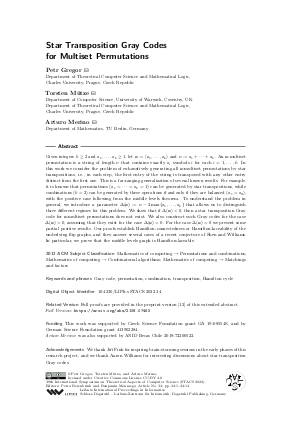LIPIcs.STACS.2022.34.pdf
- Filesize: 2.29 MB
- 14 pages

 Creative Commons Attribution 4.0 International license
Creative Commons Attribution 4.0 International license





















Feedback for Dagstuhl Publishing